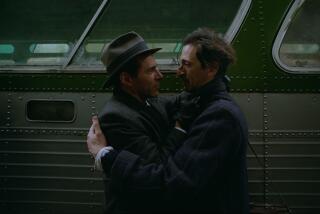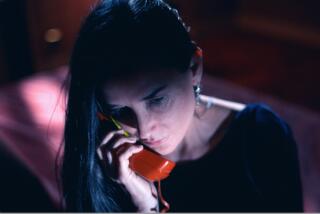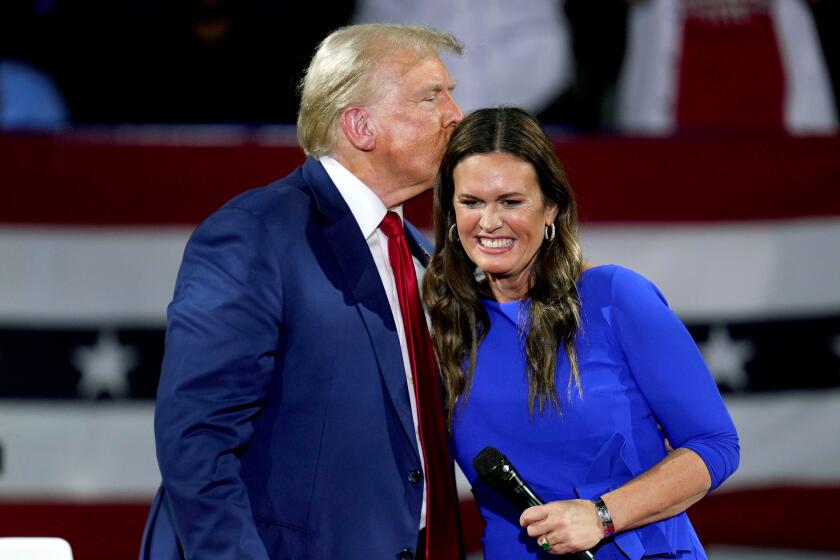Best of 2011 in Movies: Kenneth Turan
Everywhere you looked in 2011 — and, more to the point, everywhere you listened — you could hear the sounds of a renewal of interest in silent films.
The way Michel Hazanavicius’ modern silent “The Artist” turned its rapturous festival appearances into Oscar contender status is the most obvious example, but it’s far from the only one.
For one thing, the life and career of French pioneer Georges Méliès (whose restored 1902 “A Trip to the Moon” was a hit at Cannes this year) is the centerpiece of Martin Scorcese’s diverting “Hugo.” And for another, Max von Sydow gives a flawless silent performance as a man who has chosen to stop speaking in “Extremely Loud and Incredibly Close.” No matter how these films do in awards season, if they bring more viewers to the marvelous classics of the silent era they will have done a lot.
For, as the late silent historian William K. Everson insisted, “this was not a shoddy little flickering art medium, not the primitive forerunner of anything. This deserves to be seen as a completely separate art, something unique and full blown.” Added Kevin Brownlow, one of the great living authorities on the medium, “they were the movies until sound came in; calling them silent suggests they were lacking something.”
Key to appreciating vintage silents on their own terms is the realization that the absence of spoken dialogue is not a handicap to endure but a virtue to enjoy. For the hidden, unexpected pleasure of silent films is the way they seduce audiences into becoming, in the most modern way, full, interactive participants in the movie experience.
“You’re not told what to think or feel,” said Michael Friend, an archivist for Sony. “A kind of emotional space is produced which is open for you to enter, a space for reflection between the film and the music.”
For while sound particularizes, silence turns out to universalize, allowing an audience to share completely in the on-screen dream. No one spending quality time with silent films could fail to agree with Mary Pickford’s famous statement that “it would have been more logical if silent pictures had grown out of the talking instead of the other way around.”
So where to begin in accessing this singular world, especially with great numbers of films available on DVD and elsewhere? I’d like to suggest a handful of choices, not because they are the best or even because they are personal favorites but because they show the unlooked-for variety in this overlooked medium:
“Seventh Heaven.” You don’t know what full-bore, unapologetic emotion on-screen really means until you’ve seen a silent directed by Frank Borzage, and this tale of love, loss and World War I is one of his best.
“Show People.” A completely droll breaking-into-Hollywood comedy that demonstrates the great comedic gifts of Marion Davies, regrettably better known as William Randolph Hearst’s mistress.
“A Throw of Dice.” Truly something completely different: an elaborate silent epic made in India by a German director, Franz Osten, who did not stint on extras, horses or even elephants.
“The Unknown.” Directed by the brooding Tod Browning, it stars Lon Chaney as a circus performer who pretends to be armless and Joan Crawford as the ingénue who likes him that way. It’s as unnerving as it sounds.
More to Read
The biggest entertainment stories
Get our big stories about Hollywood, film, television, music, arts, culture and more right in your inbox as soon as they publish.
You may occasionally receive promotional content from the Los Angeles Times.











